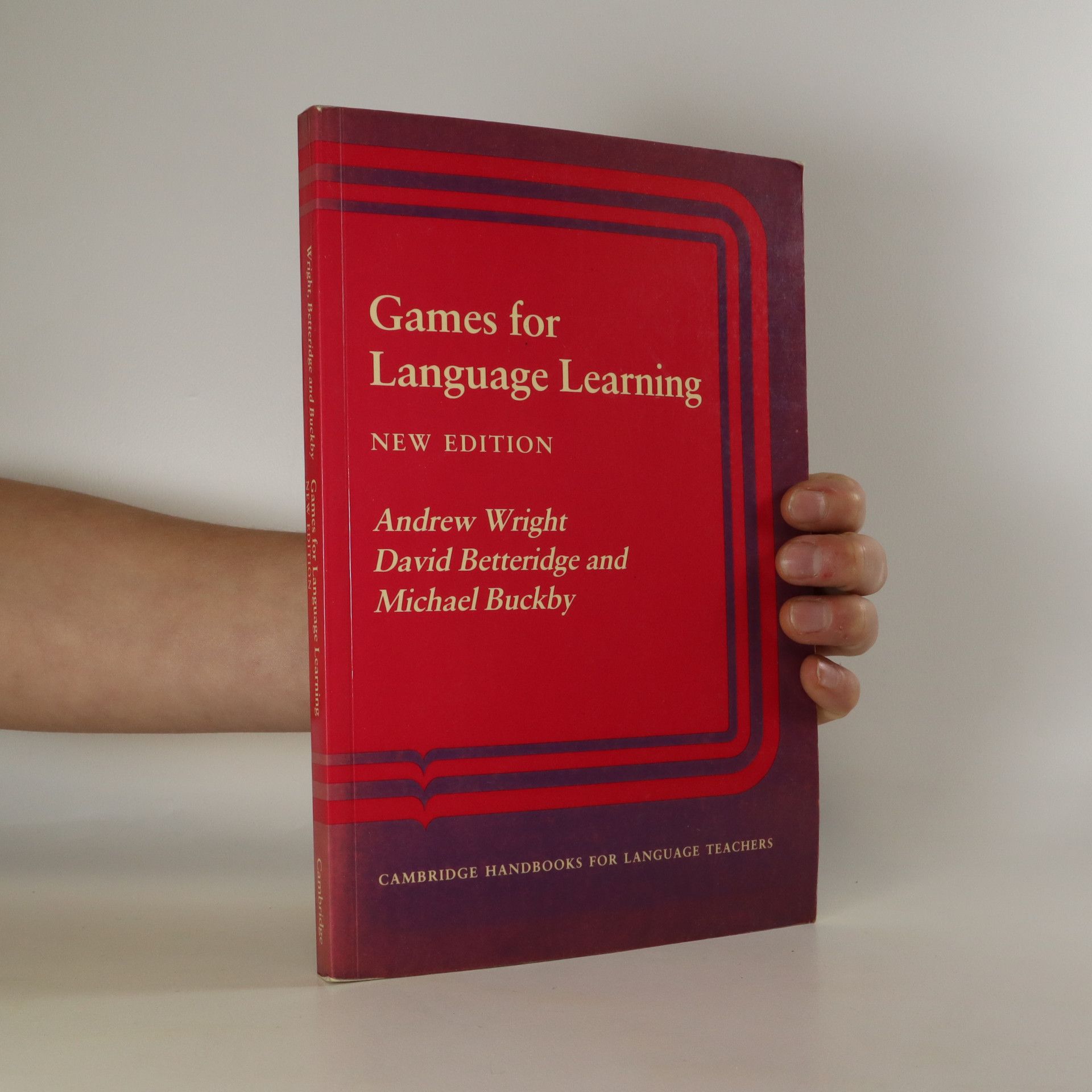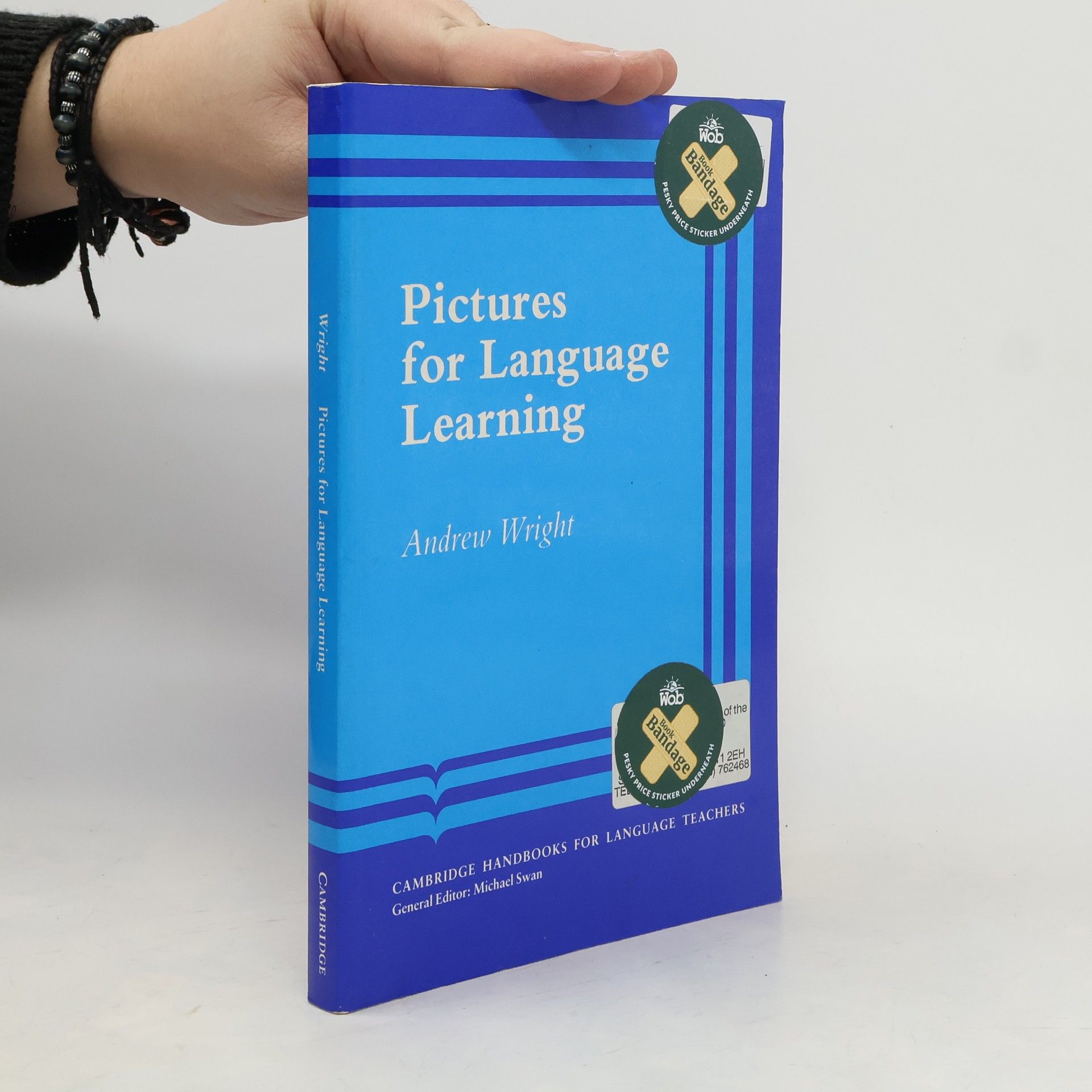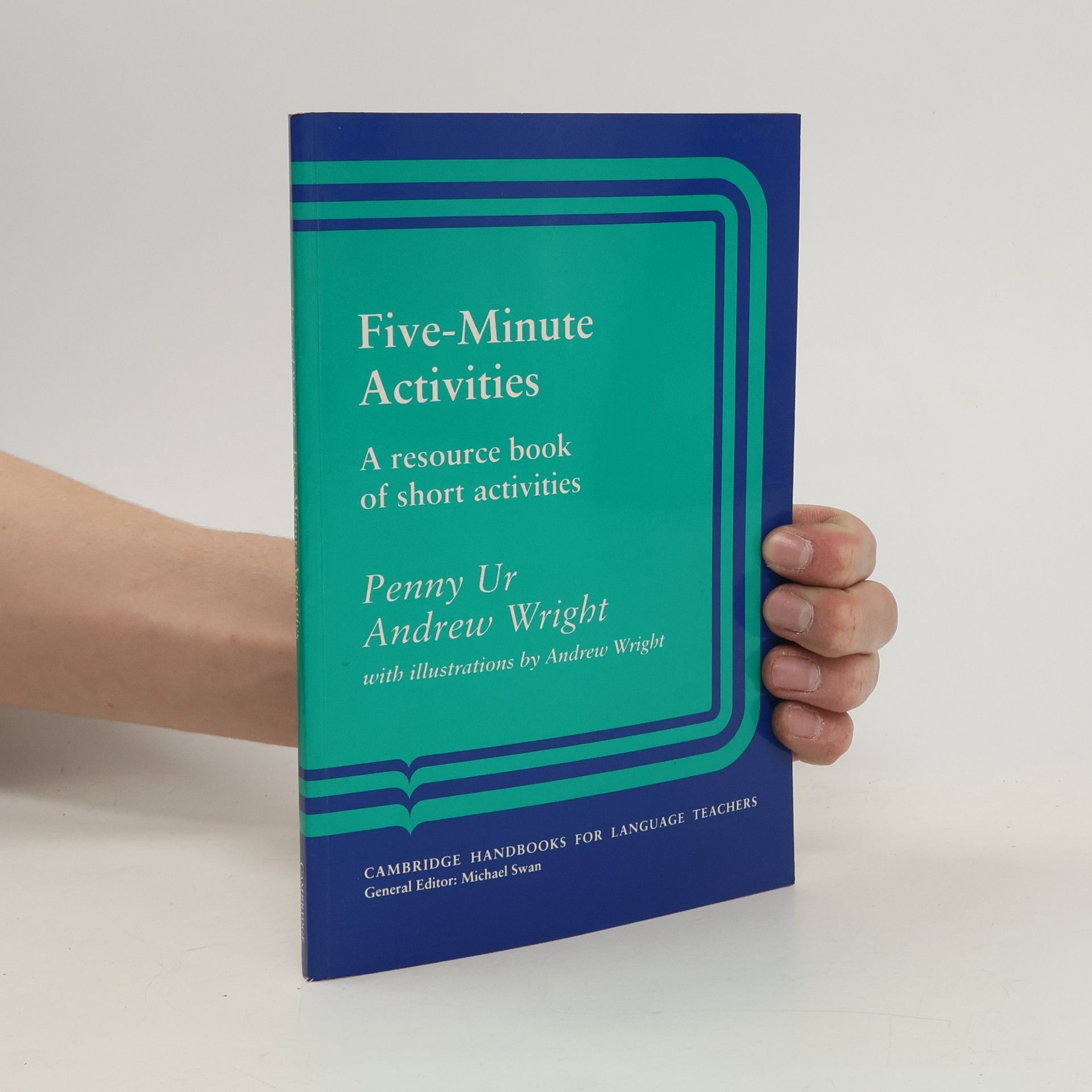"Once upon a time there was a little black and white cat called Pippin …"Pippin the cat is very cute and a bit daffy. He has white whiskers and amazing white eyebrows. He loves sleeping and hunting. And he has absolutely NO TABLE MANNERS.He also discovers that he’s very good at hiding – after he gets sick and the vet gives him three disgusting medicines to take …This funny and vibrant story is perfect for children and cat-lovers of all ages - particularly those who have struggled to get their own cat to swallow medicine!Based on a true story - Pippin the cat really did get sick and really did have to take three different sets of human medicine. He defied veterinary history when he contracted a very rare form of tuberculosis. Luckily, thanks to the perserverance of his owner, his story has a happy ending and eventually he felt Much Better!The illustrations are a mixture of expressive charcoal, pencil and digital colour, and feature the real life cat.
Andrew Wright Livres
Andrew Wright est un auteur, illustrateur, formateur d'enseignants et conteur qui a travaillé longuement avec des enseignants et des étudiants du monde entier pendant de nombreuses années. Il aime créer des choses, faire des choses pratiques et travailler avec et pour les gens ; il pense que l'enseignement des langues lui permet de faire et d'être précisément cela.
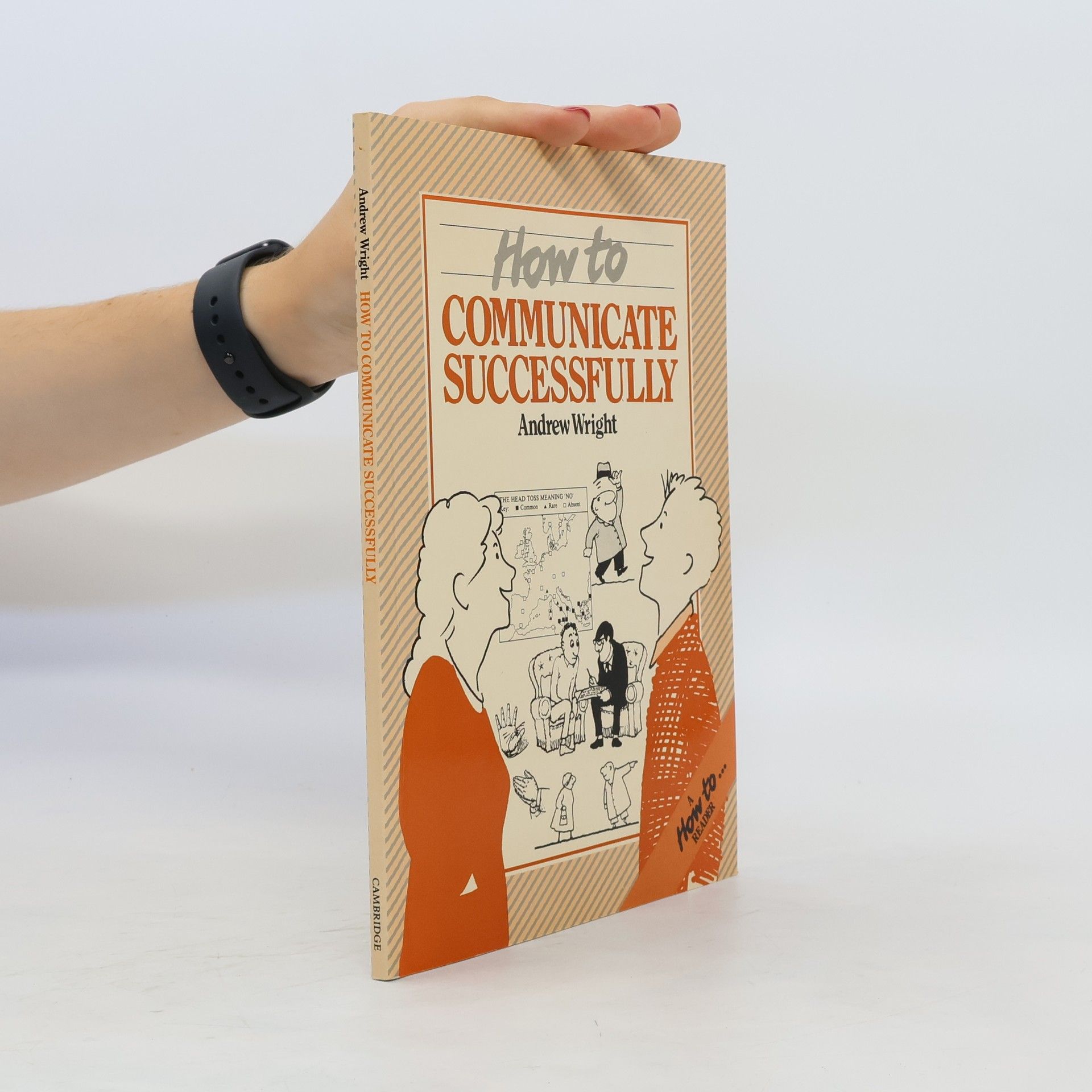

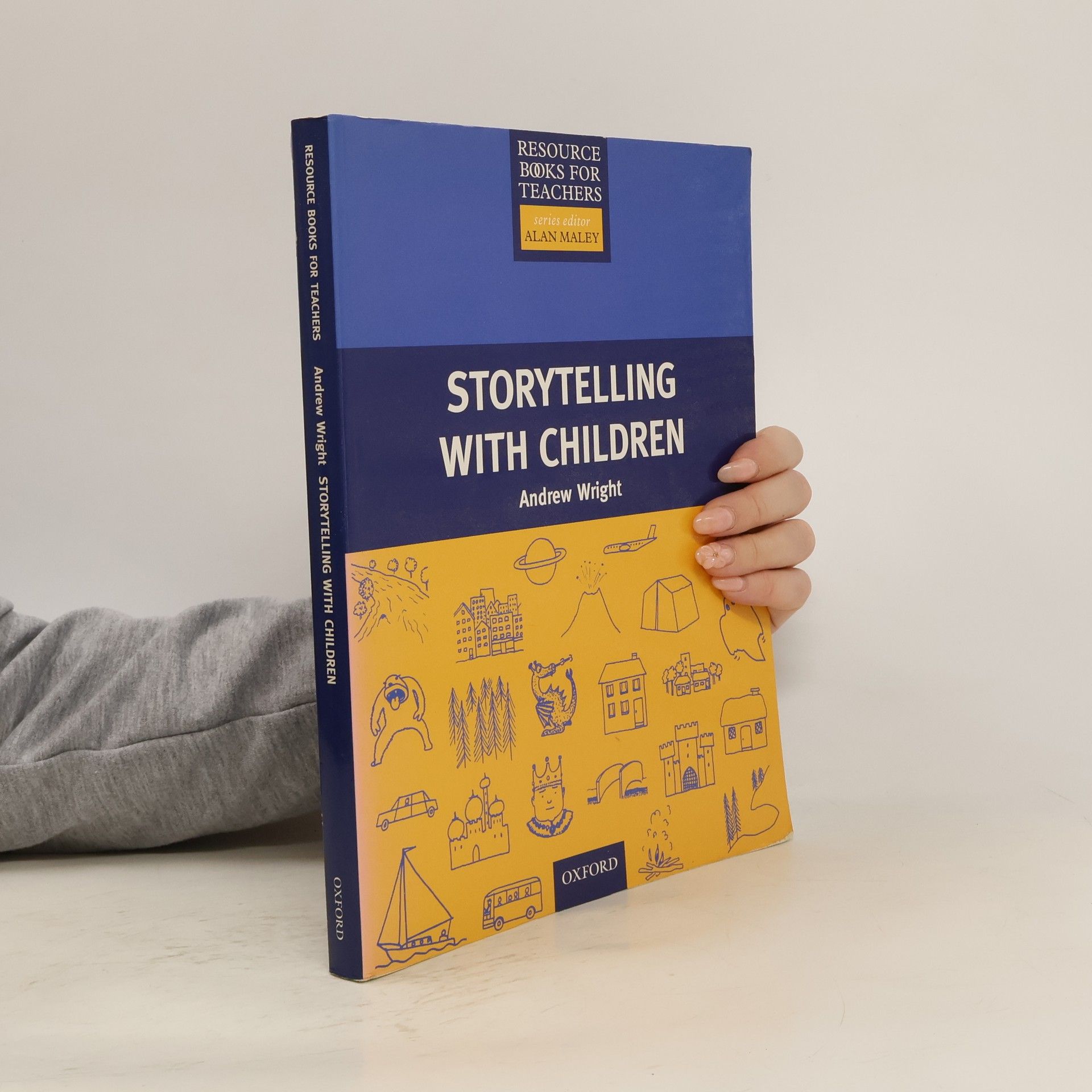



A funny and heartwarming true story about a stray cat in search of a home. After Fluffy gets lost in the snow, he discovers that he is very good at sneaking into houses at night. And some houses have a welcoming cat flap, a nice warm Aga and a forgotten bowl of food ...
Storytelling with children
- 232pages
- 9 heures de lecture
Stories motivate children to listen and learn, and help them to become aware of the sound and feel of English, and to understand language points, while enjoyiong the story. This resource book has a selection of ready-to-tell stories, although the activities can be used with any story.
A creepy collection of true-life tales from local writer Andrew James Wright, who regularly gives talks on the subject of hauntings in Leicester.
An exciting new approach to reading, this is one of a series of five books for lower intermediate and intermediate learners of English.
This is the third edition of the one of the founding titles of the CHLT series. The book features many of the original games but has also been fully revised to include new games for the ELT classroom. The structure of the book has also been revised so that the games are now grouped in a more teacher-friendly format where teachers can search based on language and skill criteria rather than just game type.
Art and Crafts with Children
- 172pages
- 7 heures de lecture
Art, craft, and design activities offer children an excellent way to learn language while developing creative skills and an awareness of the world around them. This book provides a wealth of creative, imaginative activities with integrated language practice. The activities can be done with the minimum of resources, and do not need special artistic expertise on the part of the teacher. The companion website (Resource Books for Teachers) provides regular updates to the information and ideas in the book.
Illustrated by the author, this analysis of the unique role of visual materials in the learning process will serve as a comprehensive resource and guide to current applications in language teaching.A richly illustrated and valuable guide to the role of pictures and other visual materials in language teaching. This book brings together a wealth of ideas on how to use pictures in a wide range of language learning situations. It discusses the contribution visuals can make to all the classroom settings in providing real opportunities for students to communicate, whether they are working as a class, in groups or in pairs. There are then over 200 practical suggestions for picture-generated language work. They make use of visual materials which are readily available to teachers anywhere or easy-to-copy illustrations. The activities can be integrated into all stages of the language teaching process and advice is given on how to adapt the ideas to suit different teaching environments. The book ends with advice on setting up a picture library, including how to find visuals, how to categorise pictures, and storage methods.
Five-Minute Activities is an invaluable source of ideas for language teachers.
